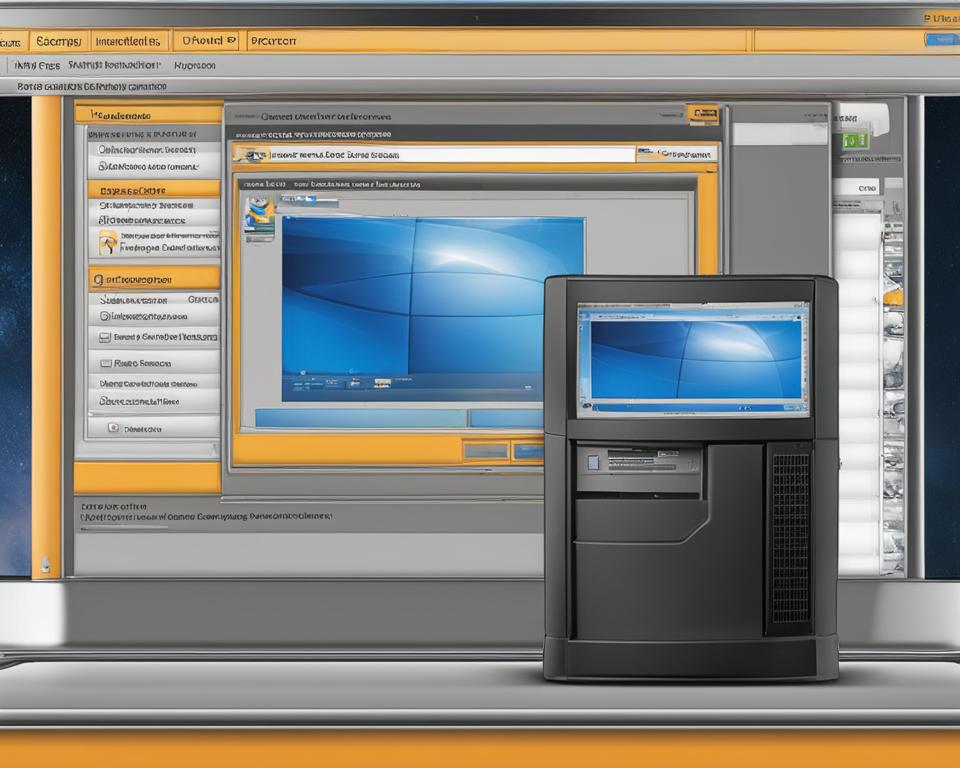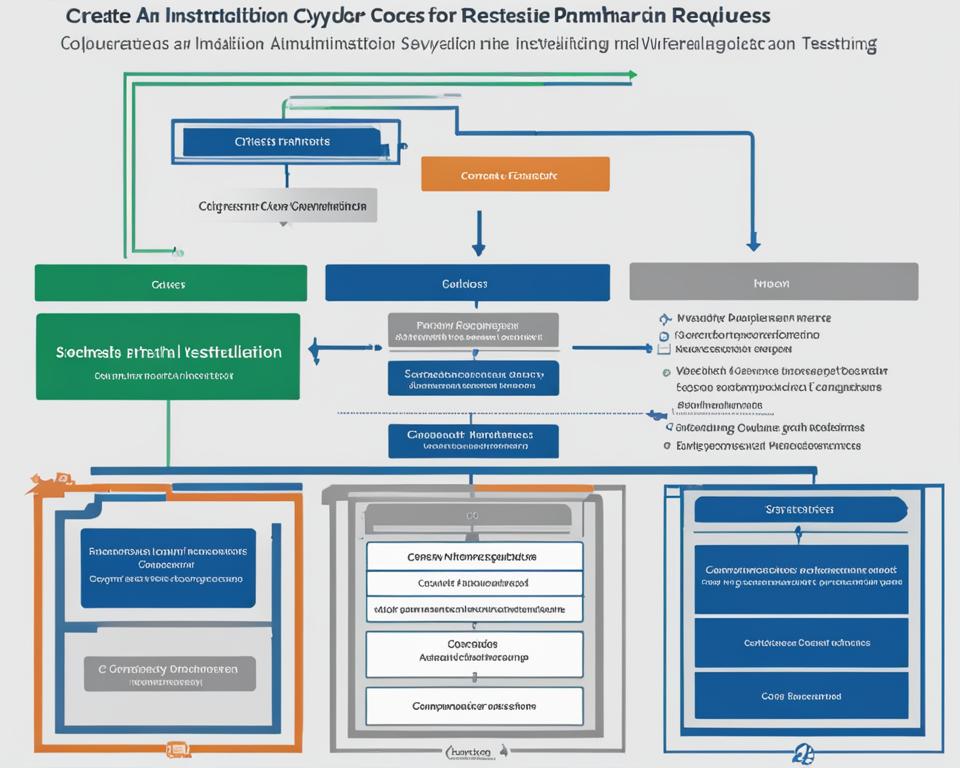Welcome to my step-by-step guide for Cyber Ark PIM installation. In this guide, I will walk you through the process of setting up Privileged Identity Management (PIM) using Cyber Ark’s self-hosted solution. Whether you are new to PIM or looking to enhance your existing privileged identity management setup, this guide will provide you with the necessary instructions and tips for a successful installation.
Installing Cyber Ark PIM involves a series of carefully executed steps to ensure a smooth and efficient process. By following this guide, you will be able to install and configure the components required for privileged access management effectively.
Throughout this guide, I will cover essential topics such as the installation workflow, different installation methods, and the installation of specific components like the Digital Vault, Password Vault Web Access, Privileged Session Manager, and more. Each section will provide valuable insights into the installation process, allowing you to make informed decisions and maximize the functionality of your PIM solution.
General Installation Flow
When it comes to the installation of the Cyber Ark Privileged Identity Management (PIM) components, there is a general workflow that organizations can follow. This workflow ensures that the installation process is smooth and efficient, leading to a successful implementation of the PIM solution. In this section, I will outline the general installation flow, including the different methods of installation and the components that need to be installed.
Installation Methods
There are several methods available for installing the Cyber Ark PIM components, allowing organizations to choose the one that best suits their needs. The methods include:
- Self-Hosted Installation: This method involves installing the components on the organization’s own infrastructure.
- Cloud-Based Installation: This method involves deploying the components in a cloud environment, such as Amazon Web Services (AWS) or Microsoft Azure.
- Hybrid Installation: This method combines the self-hosted and cloud-based approaches, allowing for a hybrid deployment that leverages the benefits of both.
By considering the requirements, resources, and preferences of your organization, you can select the most suitable installation method.
Component Installation Order
Once the installation method is determined, the next step is to install the different components included in the Cyber Ark PIM solution. The installation order typically follows this sequence:
- Digital Vault
- PrivateArk Client
- Password Vault Web Access (PVWA)
- Central Policy Manager (CPM)
- Privileged Session Manager (PSM)
- Privileged Threat Analytics (PTA)
- On-Demand Privileges Manager (OPM)
- Backup Solution
- Remote Administration Clients
By following this installation sequence, you ensure that the components are installed in the correct order, allowing for a smooth integration and functioning of the PIM solution.
Now that we have an overview of the general installation flow, let’s explore the specific installation steps for each component in the subsequent sections.
Table 2: Installation Methods Comparison
| Installation Method | Advantages | Disadvantages |
|---|---|---|
| Self-Hosted | Full control over the infrastructure | Requires dedicated resources for maintenance and support |
| Cloud-Based | Scalability and flexibility | Dependent on the availability and reliability of the cloud provider |
| Hybrid | Combines the advantages of self-hosted and cloud-based approaches | Increased complexity in managing the hybrid environment |
Introduction to Digital Vault Installation
In this section, I will provide an overview of the installation process for the Digital Vault component of Cyber Ark Privileged Identity Management (PIM). The Digital Vault serves as the centralized repository for storing and managing privileged account credentials in a secure manner. It offers multiple architectural options, including Primary-DR and Distributed Vaults, to meet the specific needs of organizations.
First, let’s explore the Digital Vault architecture. The Primary-DR architecture consists of a primary Digital Vault server and a disaster recovery (DR) server. This setup ensures high availability and data redundancy, allowing for seamless failover in case of any disruption. On the other hand, the Distributed Vaults architecture involves the deployment of multiple Digital Vaults across different locations. This allows for load balancing and distribution of the workload, enhancing performance and scalability.
For organizations seeking maximum availability, the Digital Vault can also be installed as a two-node cluster. This setup utilizes clustering technology to ensure uninterrupted access to the privileged account credentials even in the event of a hardware or software failure. The two nodes work together to provide redundancy and failover capabilities, enabling continuous operation of the Digital Vault.
| Architecture | Description |
|---|---|
| Primary-DR | A primary Digital Vault server with a disaster recovery server for high availability and data redundancy. |
| Distributed Vaults | Multiple Digital Vaults deployed across different locations for load balancing and enhanced performance. |
| Two-Node Cluster | A two-node cluster installation for maximum availability and continuous operation of the Digital Vault. |
When installing the Digital Vault, it is important to carefully consider the architectural requirements and evaluate the specific needs of your organization. The installation process involves configuring the server, setting up the necessary network connectivity, and ensuring compatibility with other PIM components. By following the step-by-step instructions provided by Cyber Ark, you can successfully install and configure the Digital Vault to establish a robust and secure privileged identity management system.







